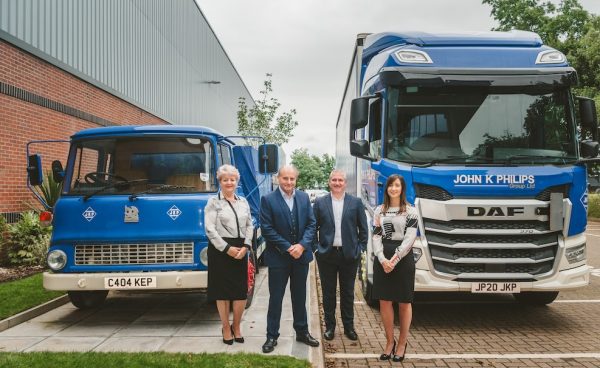Commercial Vehicle Charging Europe, the joint venture formed by the Volvo Group, Daimler Truck, and TRATON GROUP, begins operating under the brand name Milence. Rolling out Europe’s first large-scale public charging network for heavy-duty trucks and coaches, Milence will initially focus on charging locations in the Netherlands, Germany, France, Belgium, Spain, Italy, Norway, and Sweden. With half a billion euros in initial funding, Milence can begin a rapid expansion to support and accelerate the transition to zero-emission heavy-duty vehicles in Europe and offer drivers a more comfortable and safe working environment.
Around a quarter of the European Union’s road transport emissions come from heavy-duty vehicles. Recent breakthroughs in battery and charging technology make battery-electric trucks the leading solution for reducing emissions in this sector. Long-haul battery-electric trucks, with ranges of more than 400 kilometres and capable of fully charging their batteries during a driver’s mandatory 45-minute break, will enter the European market by 2024. A reliable public charging network, designed for the needs of transport operators and drivers, is essential to making the electric transition move as rapidly as possible. “That’s why there’s no time to waste, and we must start ahead of the market with the rollout of at least 1,700 charging points in the next five years,” explains CEO Anja van Niersen.
Most energy-efficient and sustainable option
In the current energy transition, it is important to use the available energy as efficiently as possible. “Already today, battery-electric trucking is the most energy-efficient and sustainable option for road transport,” explains Van Niersen.
Furthermore, on-site batteries at charging stations will enable trucks to utilise stored green energy, decreasing peak energy demand. In this way Milence can reduce electrical grid congestion, balancing the demand and offering a pragmatic solution for the current grid congestion in many countries.
While the current charging standard (CCS) already enables some heavy-duty trucks to fully charge in under 90 minutes, the new Megawatt Charging System (MCS) will make it possible to charge a 40-tonne truck in 30-45 minutes while drivers take their mandatory break.
Improving working conditions for drivers
While serving an essential role in Europe’s economy, truck drivers are often subject to difficult working conditions where safety, personal comfort and hygiene are not guaranteed. “Just by driving along Europe’s highways, this becomes evident,” says Van Niersen. “Add to that a shortage of nearly half a million truck drivers and 40,000 missing parking spots for truck drivers, it’s clear that there’s a lot of room for improvement within the road transport sector.”
To improve driver working conditions, Milence will ensure that charging sites are safe, secure, and offer facilities and services suited to drivers’ needs. These include clean sanitation facilities, food and beverage services, recreation facilities and a high level of security.
Better total cost of ownership
Within two to four years, battery-electric trucks will have a lower total cost of ownership (TCO) than diesel trucks for a broad range of transports, including long haulage. “In some cases the TCO for battery-electric trucks used for regional transport is already lower. Within a few years this will also be the case for long-haul trucks in many countries in Europe,” says Van Niersen.
“With favourable EU regulations, lower costs of ownership, improved working conditions for truck drivers, and the rollout of a Europe-wide megawatt charging network, we expect battery-electric trucking to transform the road transport industry in the coming years.”







